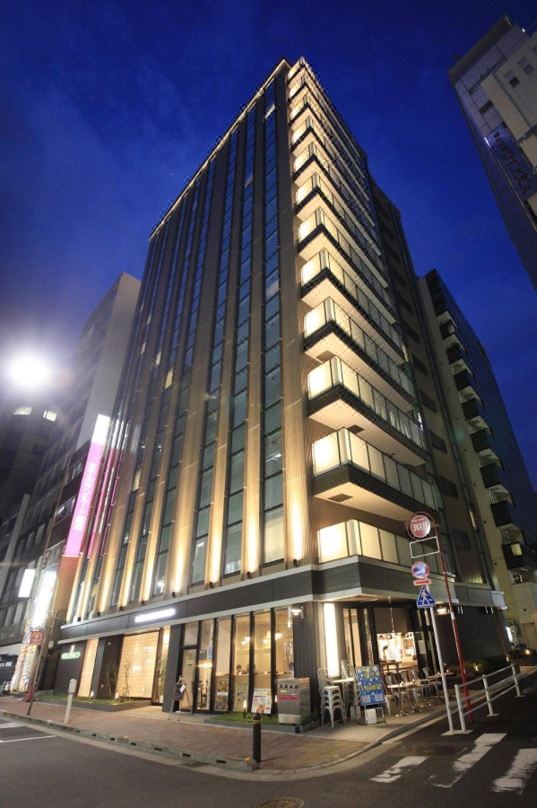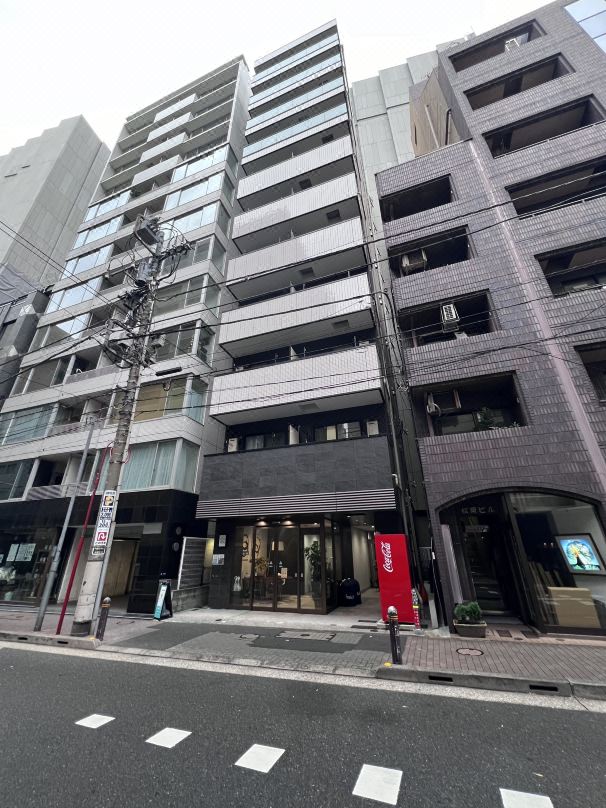8 Best Places to Enjoy Autumn Leaves in Tokyo

Autumn in Japan is a particularly pleasant season, making it a recommended time for sightseeing in Japan. One thing you can't miss when visiting Japan in the fall is viewing the autumn leaves. Seeing both red and yellow colors is rare around the world, and is a spectacular sight that can only be seen in Japan. Japan has enjoyed viewing autumn leaves for over 1,000 years. Why not experience this Japanese seasonal autumn scenery in Tokyo?
" Capture My Japan " is a photography service for tourists visiting Japan from overseas, provided by Lovegraph Co., Ltd , one of Japan's largest on-location photography session businesses.
If you use the coupon code "MCM-20961" when applying, you can get a 5% discount and experience a professional photo shoot!
-
Table of Contents
- 1. Mount Takao
- 2. Showa Memorial Park
- 3. Meiji Shrine Outer Garden Ginkgo Tree Line
- 4. Mizumoto Park
- 5. Hama-rikyu Gardens
- 6. Rikugien Garden
- 7. Shiba Park
- 8. Hibiya Park
- The Best Month to See Autumn Foliage in Tokyo
- Points to note when viewing
- Contact Capture My Japan for Professional Photography
1. Mount Takao

Mount Takao is a 599m high mountain located in Hachioji, Tokyo. It is easily accessible from the city center by train in about an hour and a half, and is a place where you can easily enjoy low mountain climbing. The best time to see the autumn leaves is usually from mid-November to early December, and this is the time of year when the most people visit. To avoid the crowds, we recommend visiting on a weekday.
You can take a cable car to Takaosan Station, which is 472 meters above sea level, and along the way there are clusters of maples such as Japanese maples and Japanese maples, creating a spectacular tunnel of red and yellow leaves in the peak season. Even those who are not confident in their physical strength can enjoy the autumn leaves from the cable car.
2. Showa Memorial Park

Showa Memorial Park is a popular park known for its beautiful flowers, such as cherry blossoms, rape blossoms, and tulips, but it is also famous for its beautiful yellow leaves.
There are two rows of ginkgo trees in the park, and many people take photos in this golden tunnel, which is very popular as it photogenic.
Not only the ginkgo trees line the street, but the sight of the approximately 300 maple trees in the Japanese Garden turning red in autumn is also magnificent.
Hotels near Showa Kinen Park
3. Meiji Shrine Outer Garden Ginkgo Tree Line

The Ginkgo Avenue in the Outer Gardens of Meiji Shrine is a tree-lined avenue that stretches from the "Aoyama 2-chome" intersection of National Route 246 to the baseball field. Ginkgo trees are planted on both sides of the road, and in autumn the leaves turn yellow, creating a magnificent golden landscape.
It's nice to visit when the leaves are turning yellow, but we also recommend visiting a little later when the leaves fall. When the tree-lined streets are covered in yellow leaves, it looks like a golden carpet has been laid out.
Hotels near Meiji Shrine Gaien Ginkgo Trees
4. Mizumoto Park
Mizumoto Park , the largest waterfront park in Tokyo, is famous for its 1,800 giant metasequoia trees that turn a brick-red color in autumn.
When you enter the metasequoia forest in the park, the sunlight filters through the gaps between the trees, creating a fantastical landscape. In the waterside zone, you can see the metasequoia reflected on the water's surface, making the scenery even more vivid.
5. Hama-rikyu Gardens
Hama-rikyu Gardens, designated as a Special Place of Scenic Beauty and a Special Historic Site by the national government, is a beautiful and venerable garden whose history dates back to 1654. Nowadays, it is surrounded by skyscrapers, making this park a mysterious space where time seems to have stopped.
Every year from mid-November to early December, approximately 260 trees, including tricolor maples, cherry trees, and maples, change color in various locations within the park, creating a traditional Japanese autumn landscape that can be enjoyed.
We recommend renting a kimono and taking photos while walking around the park in it, which will allow you to take some photos that are truly Japanese.
Hotels near Hamarikyu Gardens
6. Rikugien Garden

Since its construction, Rikugien Garden has been counted as one of the two great gardens of Edo along with Koishikawa Korakuen Garden, and is a historic garden that dates back to 1695.
In autumn, the garden is vibrantly colored with the leaves of about 560 trees, including maples, enkianthus campanulatus, and ginkgo trees. You can see this beautiful scenery all over the park, and enjoy the combination of it with the traditional Japanese garden.
Every year during the autumn foliage season, there are special night viewings and the gardens are lit up, so you can enjoy the autumn leaves at night. The dates and availability of these events change every year, so be sure to check the official website .
Hotels near Rikugien Garden
7. Shiba Park

Shiba Park is one of the oldest parks in Japan, having opened in 1873. It is located near Tokyo Tower, a Japanese landmark, and you can take photos of the tower up close along with the Tokyo skyline.
In autumn, the ginkgo trees in the park turn yellow, creating a beautiful contrast with the red Tokyo Tower. A little later than the ginkgo trees, the maples in Momiji Valley begin to turn red.
Hotels near Minato Ward Shiba Park
8. Hibiya Park
Hibiya Park was opened in 1903 as Japan's first modern Western-style park. Although it is located near Tokyo Station and Ginza and is surrounded by office buildings and commercial facilities, it is an urban oasis with abundant nature.
This park covers a vast area of approximately 16.2 hectares, and in the fall it is filled with beautiful, colorful scenery, including avenues lined with yellow ginkgo trees and "Momiji Mountain" where the maple leaves turn red.
Hotels near Hibiya Park
The Best Month to See Autumn Foliage in Tokyo
The usual time for autumn leaves to change color in Tokyo is said to be between November and early December .
That said, the best time to see the leaves can vary depending on the type of tree, the location, and various weather conditions of the year, so we recommend checking the official website of the autumn foliage viewing spot to determine the best time to see the leaves.
Points to note when viewing
Although autumn leaves are very beautiful, you should never break branches or tear off leaves . Just enjoy them with your eyes. If you want to take a photo with colored leaves, it's a good idea to use leaves that have fallen to the ground.
Depending on the location, there are areas where entry is prohibited. In some places, photography is also prohibited. If more people start being selfish and thinking, "It's okay to just take a little photo," entry to the surrounding areas may also be prohibited. Please enjoy yourself by following the local rules.
It's a great spot for photogenic of autumn leaves, but please remember to be considerate of your surroundings when taking photos . Selfie sticks and tripods may be a nuisance to those around you. In some places, their use is prohibited. Please be mindful of your surroundings and use with caution.
A big problem in Japanese tourist destinations is littering by tourists. This isn't limited to when viewing autumn leaves, but please be sure to take any trash you produce home with you.
Contact Capture My Japan for Professional Photography
Why not ask a professional photographer to take a commemorative photo of you with the autumn leaves of Japan?
With " Capture My Japan ," you can shoot at any location in Japan you like. The photographer in charge will handle any permission applications for locations that are difficult to obtain in Japanese. The photographer who can speak English will communicate closely with you while shooting, so even those who are not confident in Japanese will have no problem.
The rate for "Capture My Japan" starts from 49,500 yen per hour (including 50 edited photos). Currently, if you enter coupon code "MCM-20961 " when applying, you can get a 5% discount on your photography experience. If you're considering using Capture My Japan, be sure to take advantage of this offer!
Official website: https://capturemy.jp/
Photographer: https://lovegraph.notion.site/Photographers-2e00aa4468c0438dafe5ce576dd39be7
"Capture My Japan " is a photography service for tourists visiting Japan from overseas by Lovegraph Co., Ltd, which operates one of Japan's largest on- location photography session businesses. Would you like to capture yourself along with the beautiful scenery of Japan with a professional photographer? You can experience shooting at your favorite travel destinations such as Tokyo, Kyoto, and Osaka. Capture My Japan's photographers have bases all over the country and can handle shooting in a wide range of areas. We have photographers who have passed a strict screening process, so you can leave your shooting to us with confidence! Japanese photographers who have a good understanding of each region will take care of your needs. Why not leave your memories of your trip to Japan together in a wonderful way?
The contents on this page may partially contain automatic translation.



































































![[Corporate Visit List] Near Kansai Airport! Discover Japan’s Technology and Business Philosophy through Industrial Tourism](https://resources.matcha-jp.com/resize/720x2000/2024/12/13-215168.webp)
![["Secret Beauty: The Complete Works of Komura Setsutei" ~ March 1, 2026] "Abeno Harukas Art Museum"](https://resources.matcha-jp.com/resize/720x2000/2026/01/09-255274.webp)